Citation:
| REPRINT | 361 KB |
Abstract:
Phylogenetic information is useful in understanding the evolutionary history of adaptive traits. Here, we presenta well-resolved phylogenetic hypothesis for Heliconius butterflies and related genera. We use this tree toinvestigate the evolution of three traits, pollen feeding, pupal-mating behaviour and larval gregariousness.Phylogenetic relationships among 60 Heliconiina species (86% of the subtribe) were inferred from partial DNAsequences of the mitochondrial genes cytochrome oxidase I, cytochrome oxidase II and 16S rRNA, and fragmentsof the nuclear genes elongation factor-1a, apterous, decapentaplegic and wingless (3834 bp in total). The resultscorroborate previous hypotheses based on sequence data in showing that Heliconius is paraphyletic, with Laparusdoris and Neruda falling within the genus, demonstrating a single origin for pollen feeding but with a loss of thetrait in Neruda. However, different genes are not congruent in their placement of Neruda; therefore, monophylyof the pollen feeding species cannot be ruled out. There is also a highly supported monophyletic ‘pupal-matingclade’ suggesting that pupal mating behaviour evolved only once in the Heliconiina. Additionally, we observed atleast three independent origins for larval gregariousness from a solitary ancestor, showing that gregarious larvalbehaviour arose after warning coloration. © 2007 The Linnean Society of London, Biological Journal of theLinnean Society, 2007, 92, 221–239.
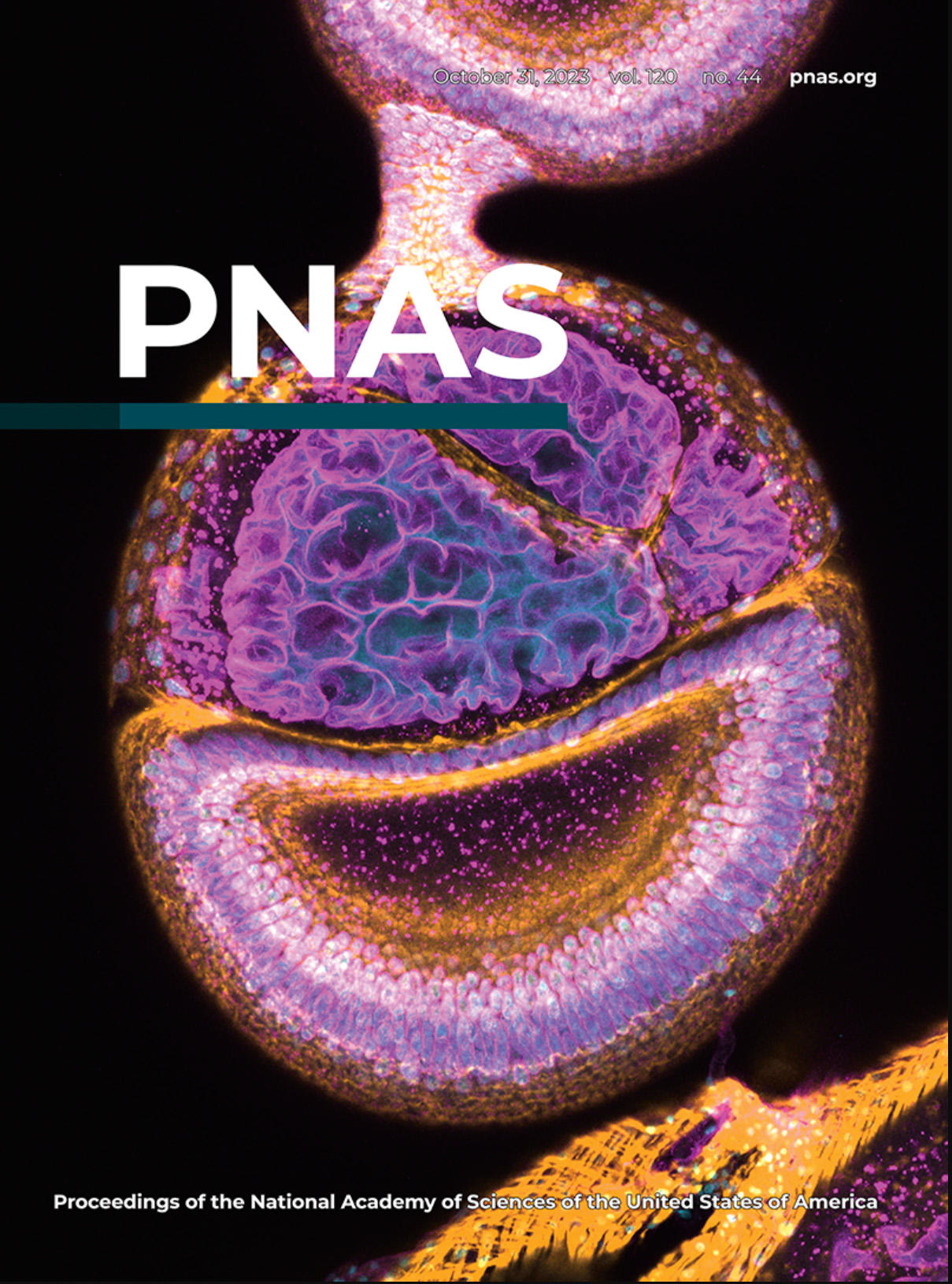
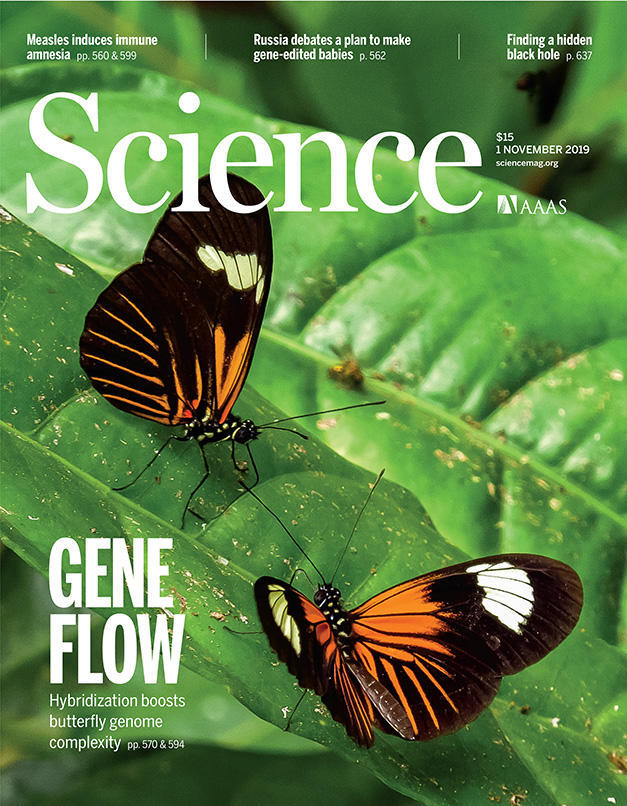
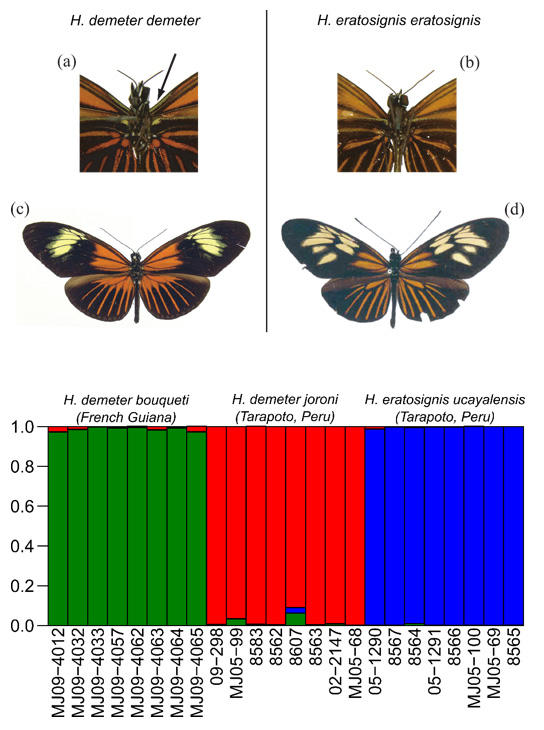

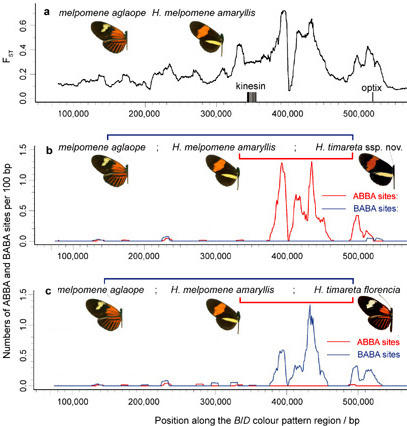
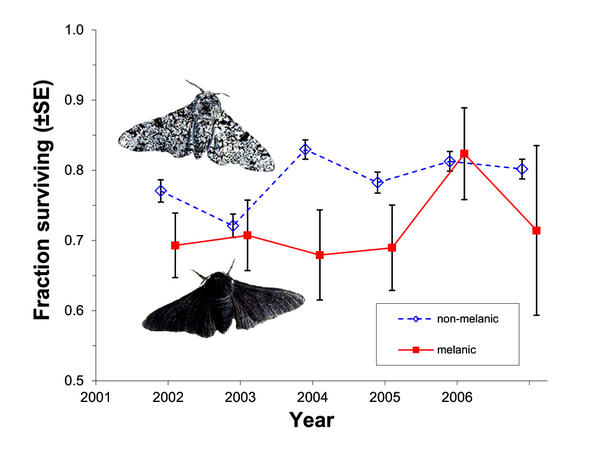 Selection against melanism in UK after the Clean Air Act.
Selection against melanism in UK after the Clean Air Act.